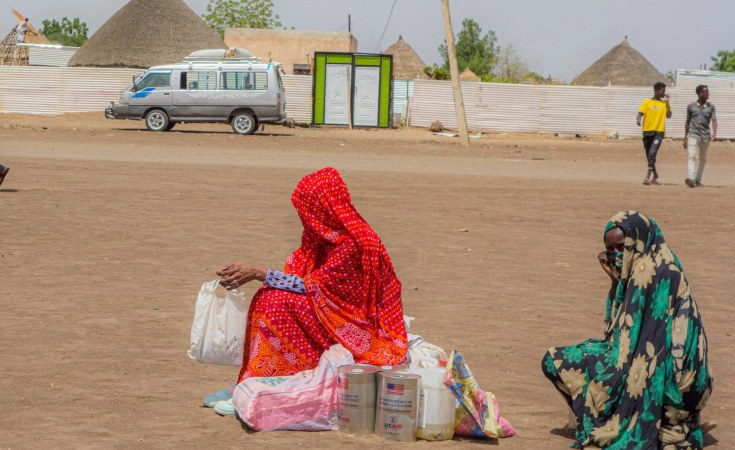Khartoum — After more than 500 days of conflict, there does not seem to be any glimmer of peace for Sudan.
The war, which began on April 15, 2023 between the Sudanese Armed Forces (SAF), led by General Abdel-Fattah Burhan, and the Rapid Support Forces (RSF), commanded by Mohamed Hamdan "Hemedti" Dagalo, continues to escalate, while both sides continue to receive weapons and ammunition.
According to a Human Rights Watch (HRW) report published on September 9, photographic and video evidence has been obtained confirming that both the SAF and the RSF have received weapons that they did not possess at the start of the conflict. The newly added equipment includes armed drones, truck-mounted multi-barrel rocket launchers, systems to jam enemy drone guidance systems and anti-tank missiles.
The weapons come from Belarus, China, Iran, Russia, Ukraine and the United Arab Emirates (UAE), according to HRW. It is not ruled out that other manufacturers are involved that have not yet been identified by the humanitarian organization's investigations. The conflict in Sudan involves not only local actors, but also regional and international powers, such as Russia and Ukraine.
However, those who suffer the most from the consequences of this war are Sudanese citizens. Since April 2023, more than 7 million people have fled the fighting, many of them repeatedly, joining the 3 million internally displaced people who were already living in Sudan before the outbreak of the conflict. More than 2 million Sudanese refugees are in neighboring countries, housed in camps in Egypt, the Central African Republic, South Sudan and Chad.
The UN has described the Sudanese refugee crisis as the worst in the world. Today, September 11, the UN Security Council is scheduled to discuss the possible renewal and extension of the arms embargo currently in place on the Darfur region (in force since 2004), to extend it to the whole of Sudan. (L.M.) (Agenzia Fides, 11/9/20024)


